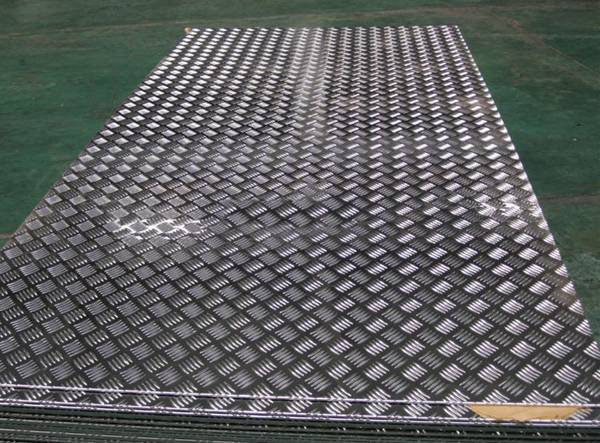Embarking on a project involving aluminium checker plates? Before diving in, it’s essential to make a few key preparations. Whether you’re a seasoned manufacturer, distributor, alloy professional, or a purchaser gearing up for a project, these preparations can make a significant difference in the seamless utilization of aluminium checker plates. Let’s explore the five essential preparations you should consider.

1. Understand Your Project Requirements:
Begin by clearly defining the requirements of your project. Consider the load-bearing capacity, environment, and aesthetic preferences. Understanding the specifics of your application will guide you in selecting the right type and thickness of aluminium checker plate for optimal performance.
2. Assess the Surface Preparation:
Ensure the surface on which the aluminium checker plate will be installed is well-prepared. Smooth and clean surfaces enhance the adhesion and longevity of the plate. Address any irregularities or contaminants that might affect the installation process or compromise the plate’s functionality.
3. Choose the Right Alloy and Thickness:
Aluminium checker plates come in various alloys and thicknesses, each catering to specific needs. Conduct thorough research on the alloys available and select the one that aligns with your project requirements. Additionally, choose the appropriate thickness based on the intended application, considering factors such as load-bearing capacity and durability.
4. Plan for Proper Installation:
Proper installation is crucial for maximizing the benefits of aluminium checker plates. Plan the installation process meticulously, ensuring a secure and level placement. Whether it’s for flooring, decorative purposes, or protective cladding, following best practices for installation is key to achieving optimal results.
5. Implement Maintenance Protocols:
Once the aluminium checker plate is in place, establish a routine maintenance plan. Depending on the application, periodic cleaning, and inspections can prevent corrosion, extend the lifespan, and maintain the aesthetic appeal of the plate. Consider environmental factors that might necessitate more frequent maintenance.
In conclusion, the successful use of aluminium checker plates hinges on thoughtful preparations. From understanding project requirements to selecting the right alloy and thickness, meticulous planning sets the foundation for a successful outcome. Additionally, paying attention to surface preparation, proper installation, and implementing maintenance protocols ensures the long-term functionality and aesthetics of the aluminium checker plate. By making these five essential preparations, you’ll be well-equipped to harness the full potential of aluminium checker plates in your next project.
